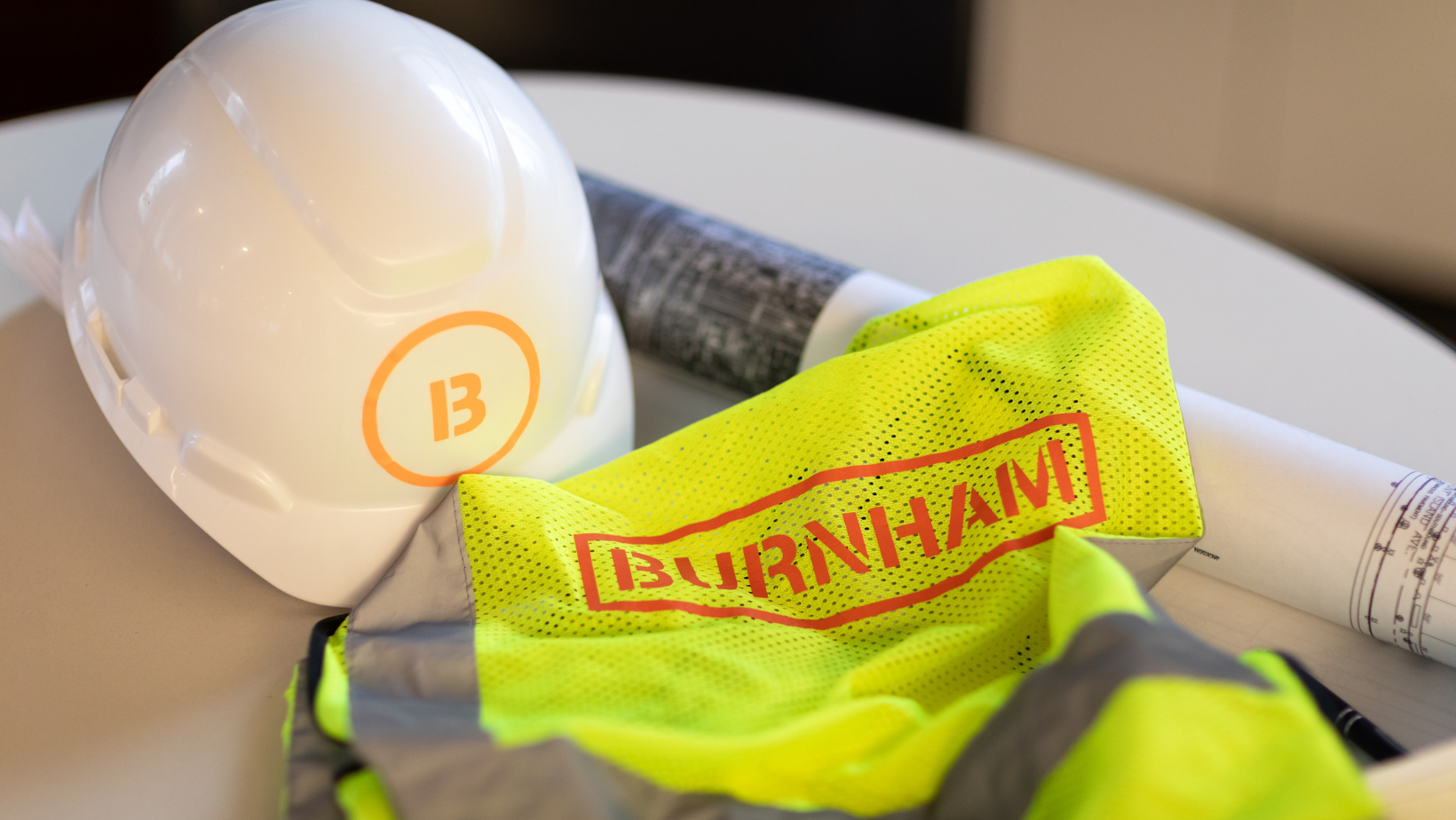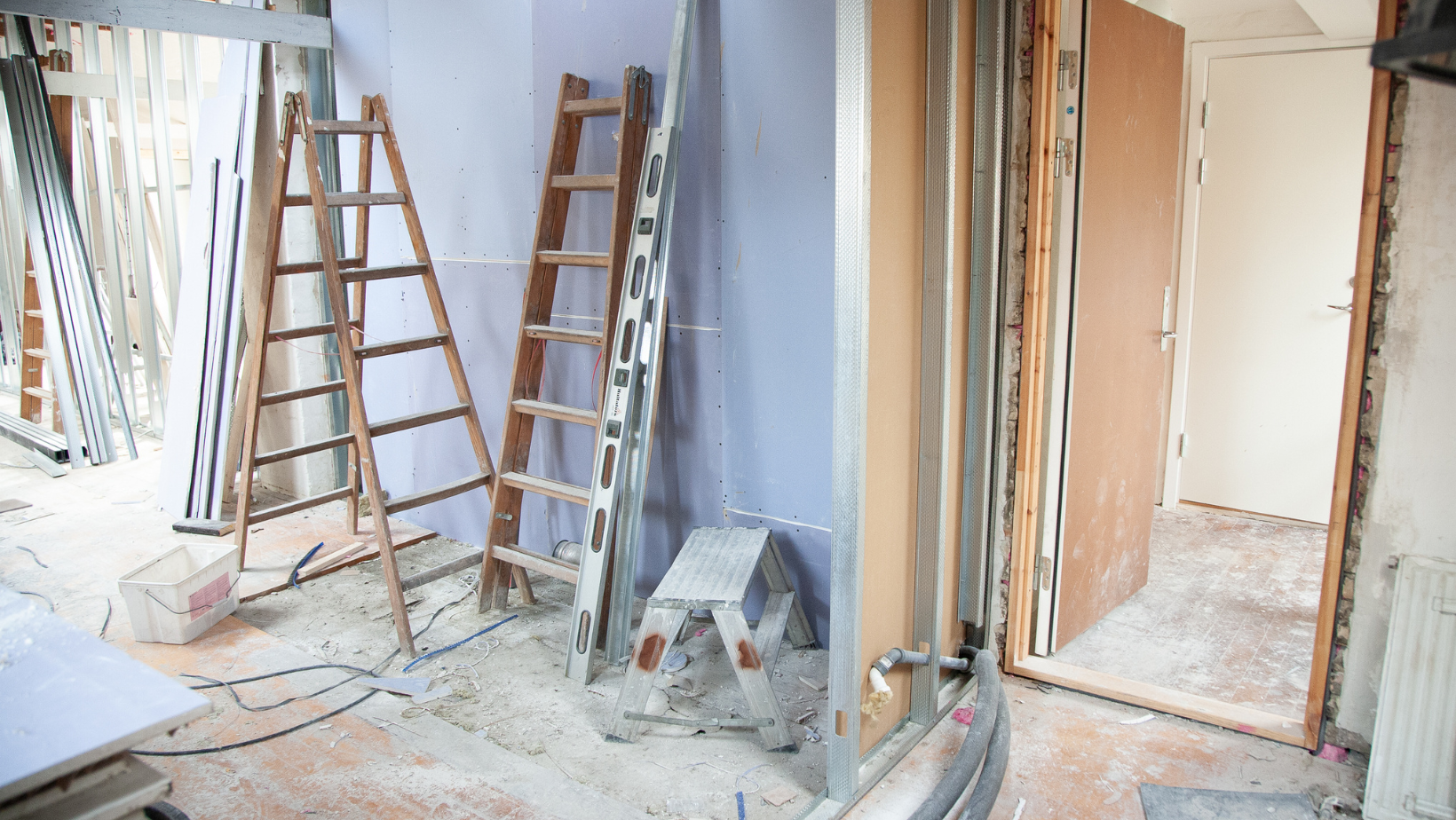How to Think About Building Codes

Posted by Christopher E. Chwedyk, CSI, AIA

One of the most powerful influences on every project is something that isn’t as visible as other aspects: the building code.
Building codes are not barriers to creativity. They are the framework that allows us to protect the health, safety, and welfare of the public, which is at the heart of what we do. Understanding how to interpret and apply building codes is essential to designing safe, compliant, and resilient structures.
Understanding What Building Codes Are
Building codes are collections of laws and regulations intended to ensure that buildings are safe for occupants and for the communities around them. They are not guidelines or best practices. They are laws that govern how we design, construct, and maintain the built environment.
Building codes have evolved through lessons learned, often from tragedies that exposed risks no one had considered before. One of the most influential examples is the Iroquois Theater Fire of 1903 in Chicago, where 602 people lost their lives. This event led to new standards for exits, door hardware, and signage, as well as the development of the panic bar that remains a life safety staple today.
Each major code change carries a story like this one. When a building fails to protect its occupants, the code changes to make sure it never happens again.
Mismatched Timelines and Incomplete Info
There is no single national building code in the United States. Under the Tenth Amendment to the Constitution, each state has the authority to create and enforce its own laws to protect the public’s health and safety. Local governments often receive this authority through home rule powers.
To bring consistency to this system, professionals across the country developed model codes that jurisdictions can adopt and customize. The International Code Council (ICC) now publishes the model codes most widely used in the United States, including the International Building Code (IBC) and other “I-Codes.”
The ICC was created in 1994 as an umbrella organization of three regional groups: BOCA, ICBO, and SBCCI. A merger in 2001 unified decades of regional code development by these three into a coordinated national framework, while still allowing local authorities to amend the model to meet specific needs such as regional climate, seismic zones, or political priorities.
How Codes Are Developed and Updated
Building codes are developed through an open, public process. Anyone can submit a code change proposal, and many of the best ideas come directly from practitioners who see opportunities for improvement in the field.
The ICC’s code development process runs over several years and includes multiple rounds of hearings and public comment periods. For the upcoming 2027 I-Codes, the process will include two rounds of committee hearings and a structured opportunity for public participation through the ICC’s online platform, cdpACCESS.
This system is designed to ensure that every voice is heard. Architects, engineers, code officials, builders, and even the public can all contribute to how our codes evolve. The goal is to balance safety, practicality, and innovation while maintaining a transparent process.
Codes and Standards: Understanding the Difference
Codes tell you what is required. Standards tell you how to prove it.
While building codes are enforceable by law, they often refer to or incorporate standards created by technical organizations such as NFPA, ASHRAE, ASTM, and UL. These standards define the methods and criteria for testing, manufacturing, and installation.
For example, the code might state that a wall must achieve a certain fire-resistance rating. The standard explains exactly how that wall must be tested to prove it meets that requirement. Codes establish the intent, while standards describe the means of verification.
Recognizing how the two work together helps design professionals ensure that projects meet every applicable requirement without unnecessary conflict or duplication.
Prescriptive and Performance-Based Codes
Most codes are written in prescriptive language. This means they specify exact requirements such as minimum door widths, stair dimensions, or fire-resistance ratings. These are tried-and-true requirements developed from decades of experience and testing.
However, as technology and design practices evolve, more codes are shifting toward performance-based requirements. These focus on achieving a specific outcome rather than prescribing one solution. For example, a performance-based code might say that a wall must prevent the spread of fire for a certain amount of time but allow the designer to determine how to meet that goal.
Performance-based design encourages innovation, supports sustainability, and provides flexibility for complex or unique projects while maintaining public safety as the ultimate standard.
The Living Nature of Building Codes
Building codes are not static. They evolve with every new discovery, every technological advancement, and every challenge our communities face. Each edition reflects years of collaboration among professionals who bring their expertise and experience to the table.
Learning to interpret the code is a lifelong process. It requires continuing education, curiosity, and respect for the interconnected nature of safety, design, and construction. The more we understand the intent behind the code, the more effectively we can apply it to achieve better outcomes for our clients and for the public.
Building codes are not like learning to ride a bicycle. It is an ongoing discipline that rewards persistence and curiosity. The deeper your understanding, the greater your ability to design with confidence.
Integrating Code Compliance into Every Project Phase
Early code integration is one of the most effective ways to save time and money on a project.
Code compliance should not be an afterthought at the permitting stage. It should be part of the project from the very beginning.
The code consulting team at Burnham Nationwide helps clients integrate code research and compliance checks throughout the life of a project:
- Conceptual design: identifying major code issues and outlining compliance strategies.
- Preliminary review: analyzing design alternatives and documenting approaches.
- Permit submittal: assisting with jurisdictional coordination and plan review responses.
- Construction: verifying inspections, special testing, and final approvals.
By addressing code questions early, we help project teams avoid costly revisions, delays, and misunderstandings later in the process. Our goal is to make compliance a smooth, proactive part of the design journey rather than a reactive step at the end.




